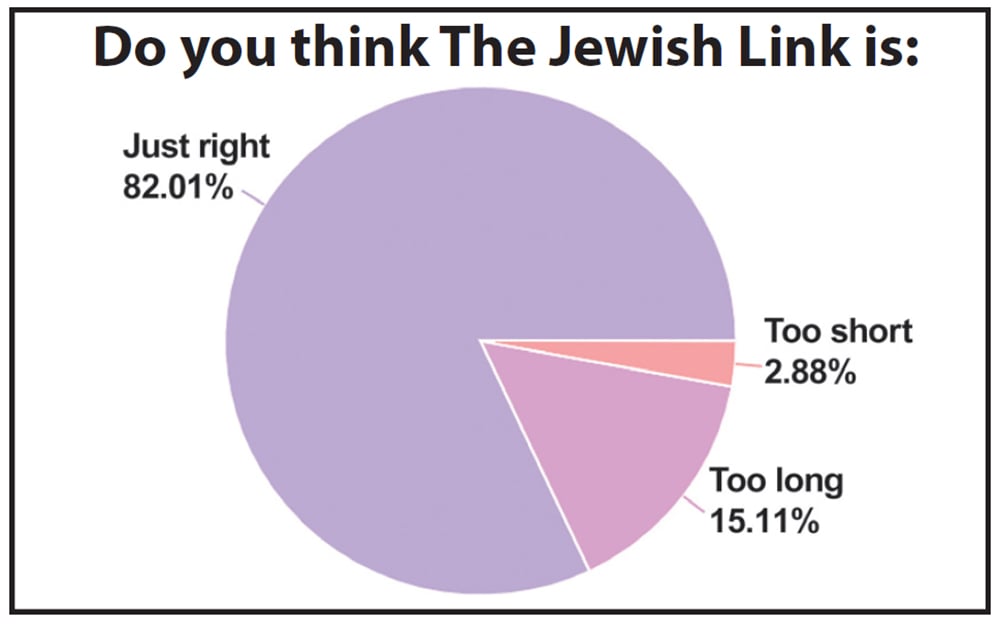It’s my habit in shul on Shabbat to read divrei Torah during the repetition of the Amidah, to pick one to share at my Shabbat table. Sometimes, however, the dvar Torah picks me.
Last Shabbat, one week after the massacre, I read my divrei Torah distracted by worries for our two sons in Israel, and for all klal Yisrael. Eventually, I read Rav Frand on Parsha Bereishit (available at torah.org). He pointed to the verse in sefer Devarim that we should walk after Hashem, and cited the Gemara in Sotah that this refers to emulating Hashem’s quality of chesed. The Gemara provides several examples: Hashem making leather clothes for Adam and Chava, visiting Avraham during his recuperation, consoling Yitzchak upon Avraham’s death and, in the Torah’s final parsha, burying Moshe. From this we learn to clothe the poor, visit the sick, attend a house of mourning, and bury the dead.
Rav Simlai adds that the Torah begins and ends with kindness: “Hashem made for them leather garments” and much later, “He buried him (Moshe) in the depression.” But since we’ve already been given the examples that prove it—what does this add? It’s teaching a new idea: that Hashem is showing us how to perform these acts of chesed. Hashem performs Moshe’s burial the way we are taught to generally perform chesed, that is, without taking credit. “He” buries Moshe; we know this refers to Hashem, but Hashem acts anonymously.
But in the Garden of Eden, Hashem acts publicly; the verse cites him by name, because circumstances required it. Adam and Chava were about to embark on a painful exile from the only home they’d ever known. They must have felt terrible, alone, cut off from Hashem. So Hashem was saying, “Hineni—here I am. You walk into exile, but not alone. I am with you.”
I wondered how best to communicate this to the group of teenage girls who would be at our Shabbat table, helping to celebrate the birthday of our daughter, Shira. Sometimes, I thought, you just need a hug, a big, divine hug, to know you’re not alone. And that would have been the end of my dvar Torah, except for what happened next.
Just a moment after this thought occurred to me, my friend Gary, who knew of our boys’ presence in Israel, walked up the aisle of the shul, crossed into my row, sat down beside me and—without saying a word—gave me a hug. A big one.
I don’t think Hashem was offering any promises for the future in that hug, except for this: Whatever comes, Hashem is by our side: my side, your side, the side of all klal Yisrael. And he will be there with us through whatever trials are to come.
Mark Levenson
Teaneck









